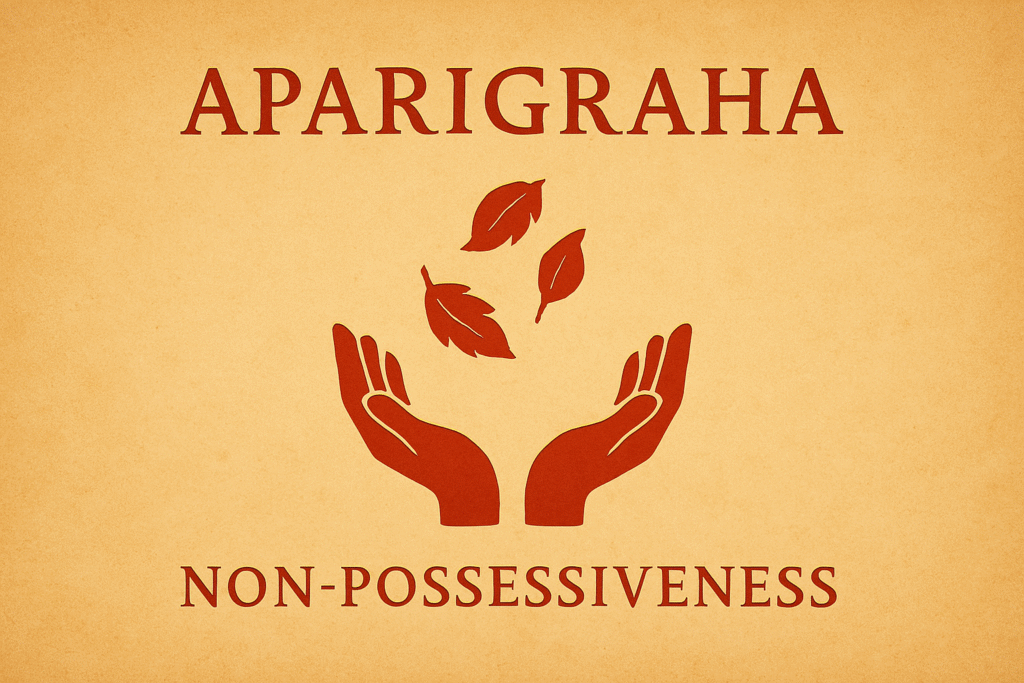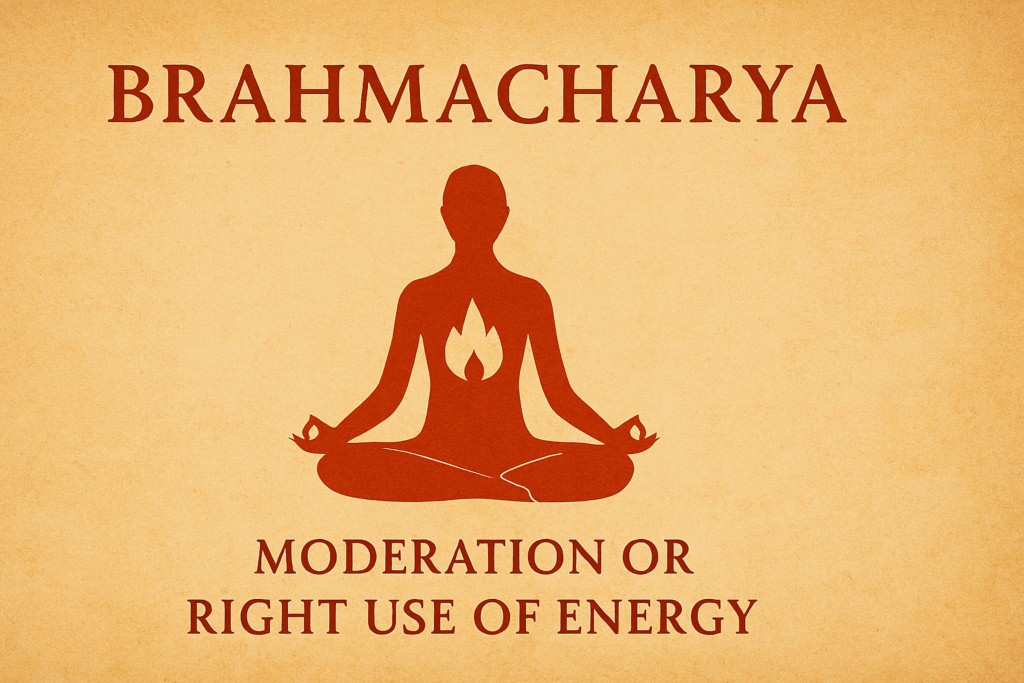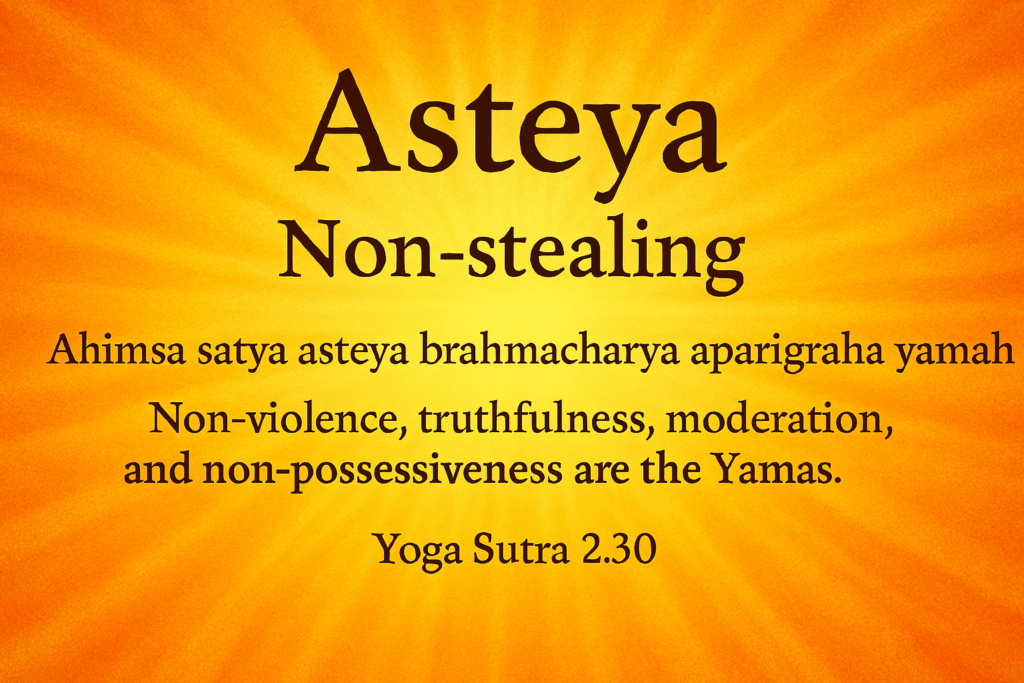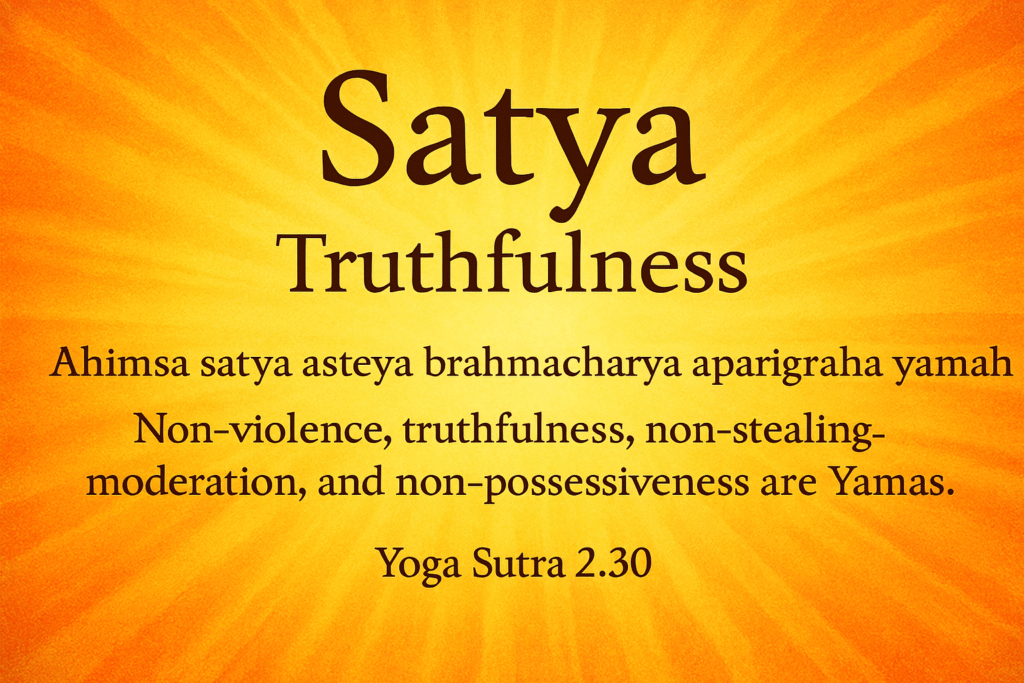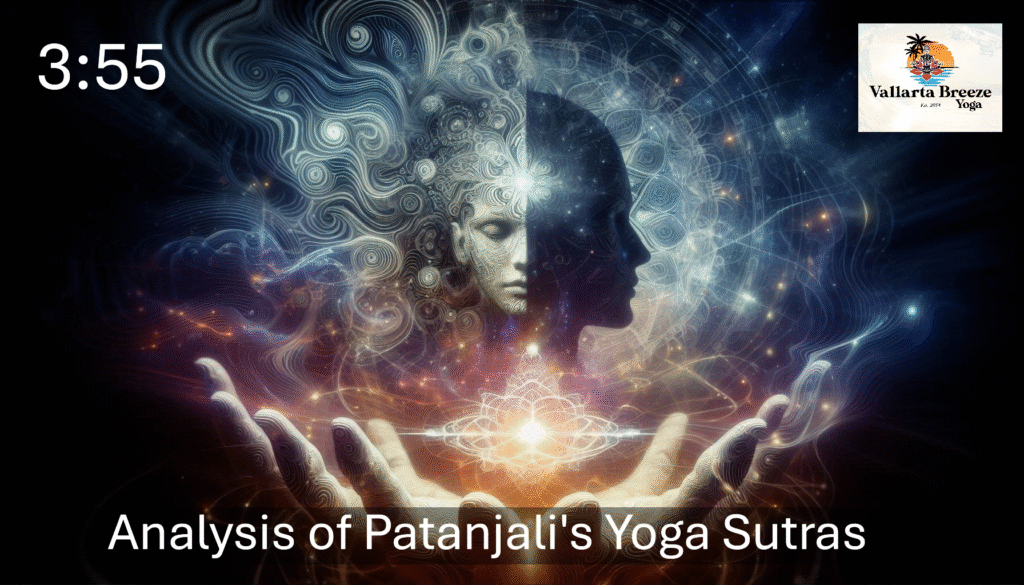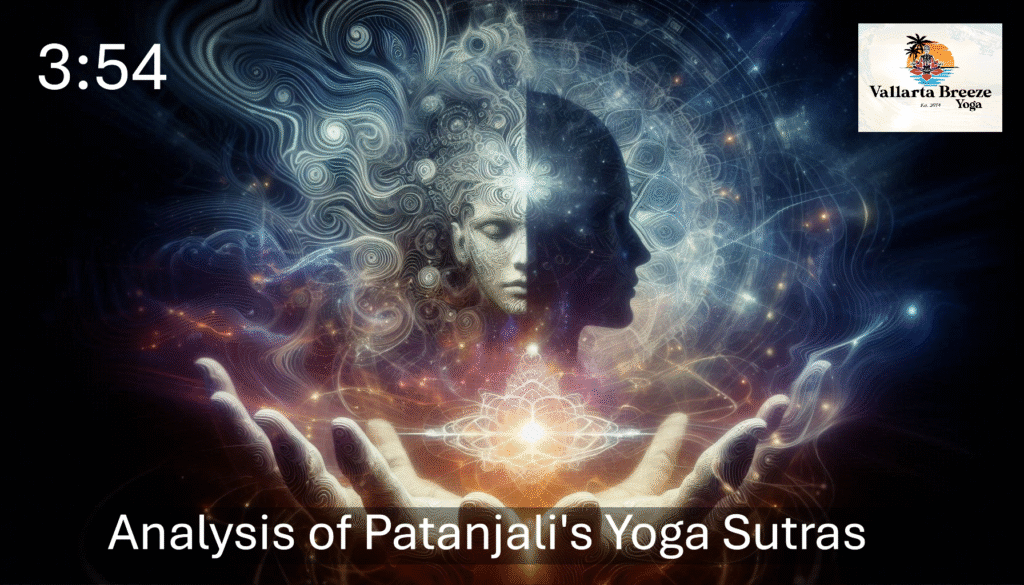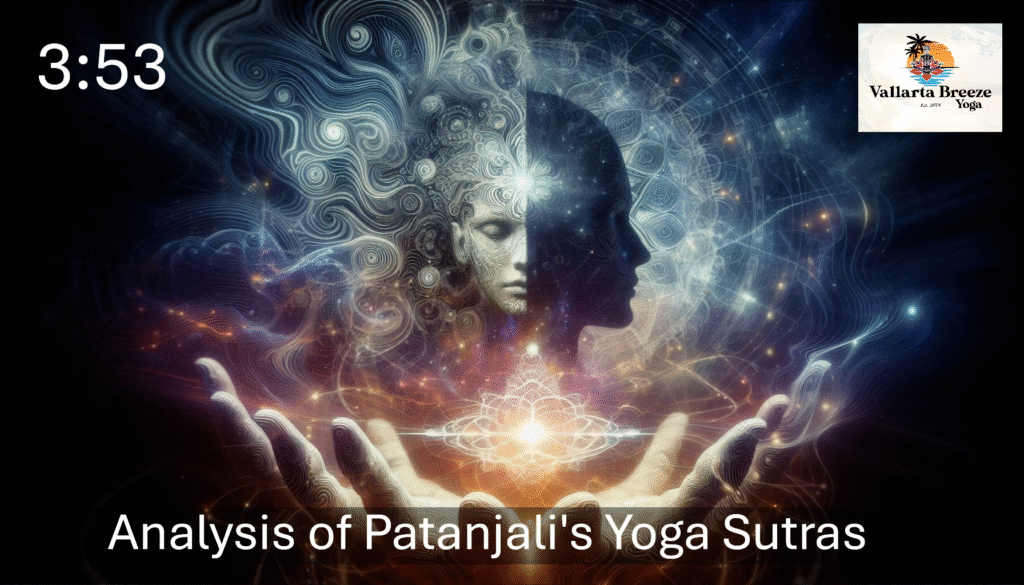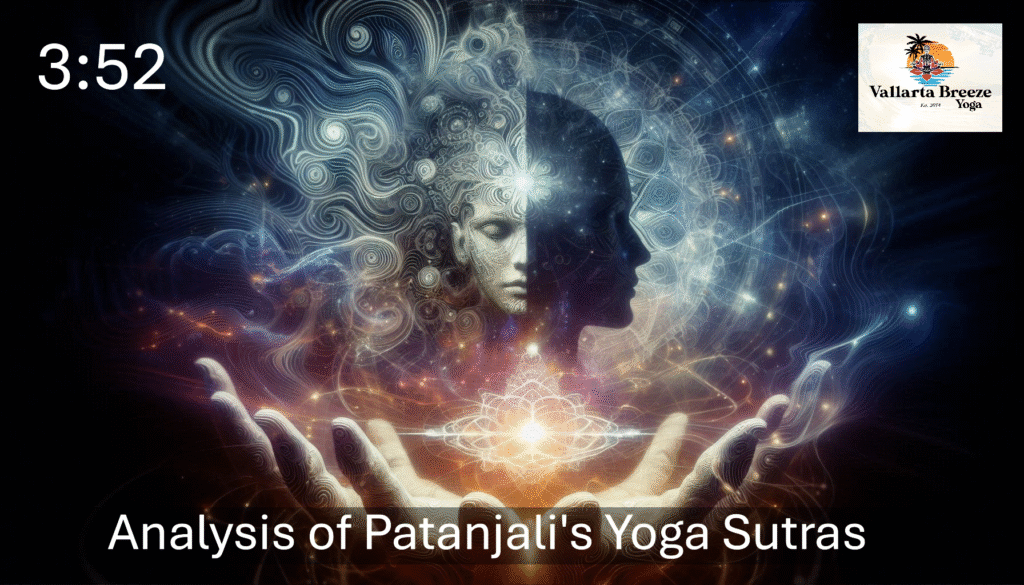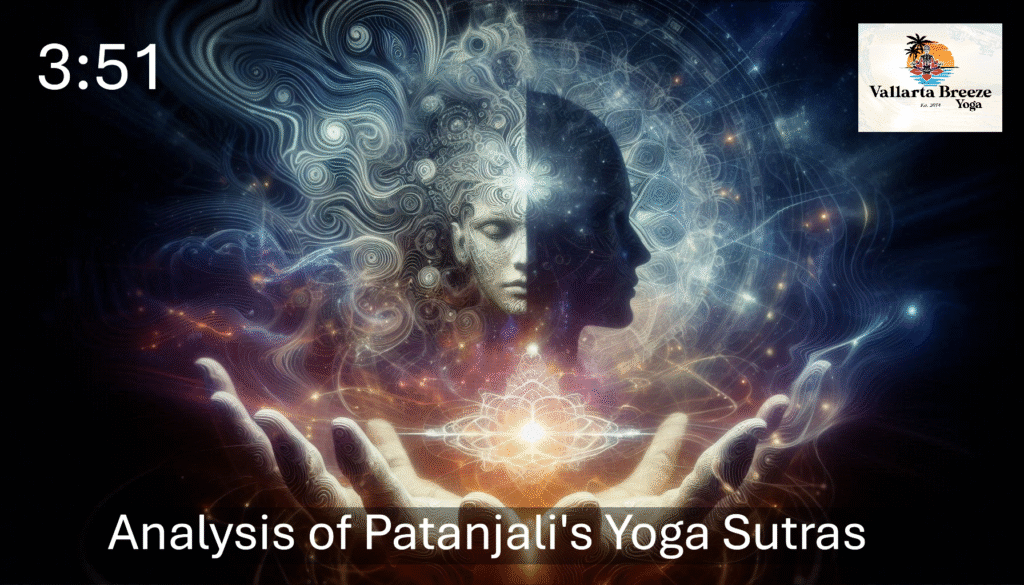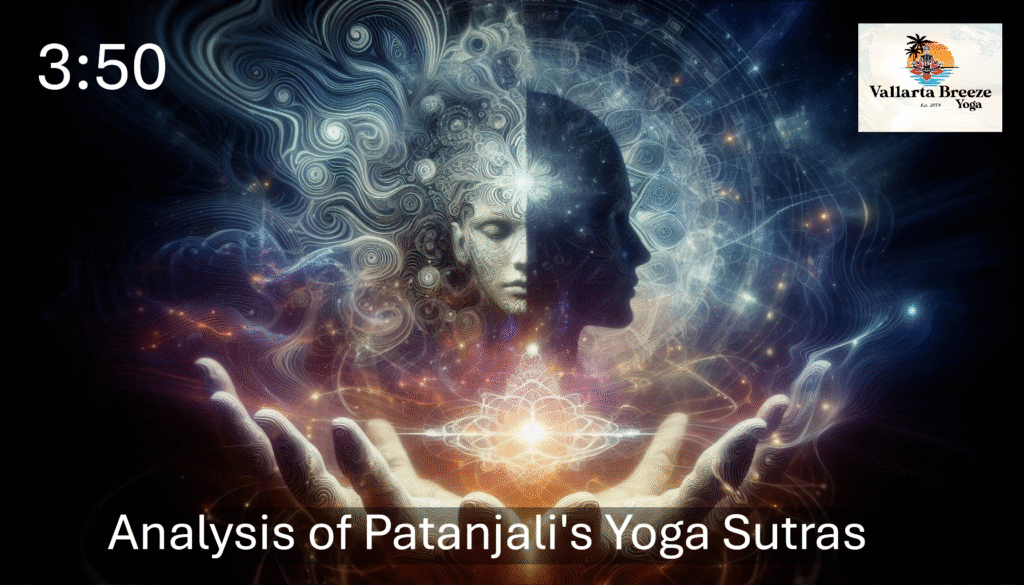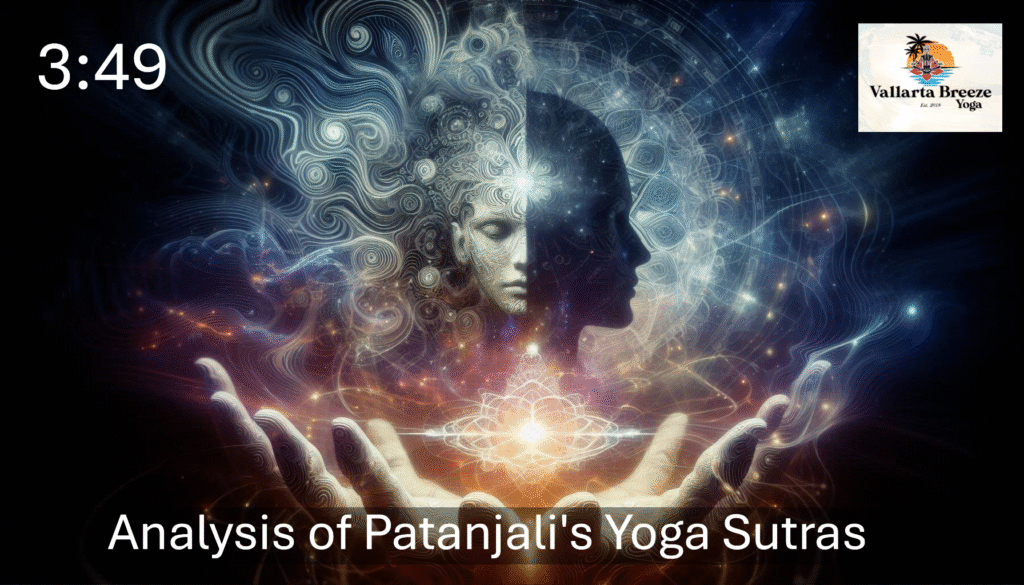YTT Quiz
Are You Ready forYoga Teacher Training? 1. How long have you practiced yoga consistently? Over a year Less than a year I dabble occasionally 2. What draws you to YTT? A desire to deepen my practice and serve others I want a relaxing escape I want the title and perks 3. How do you respond […]








